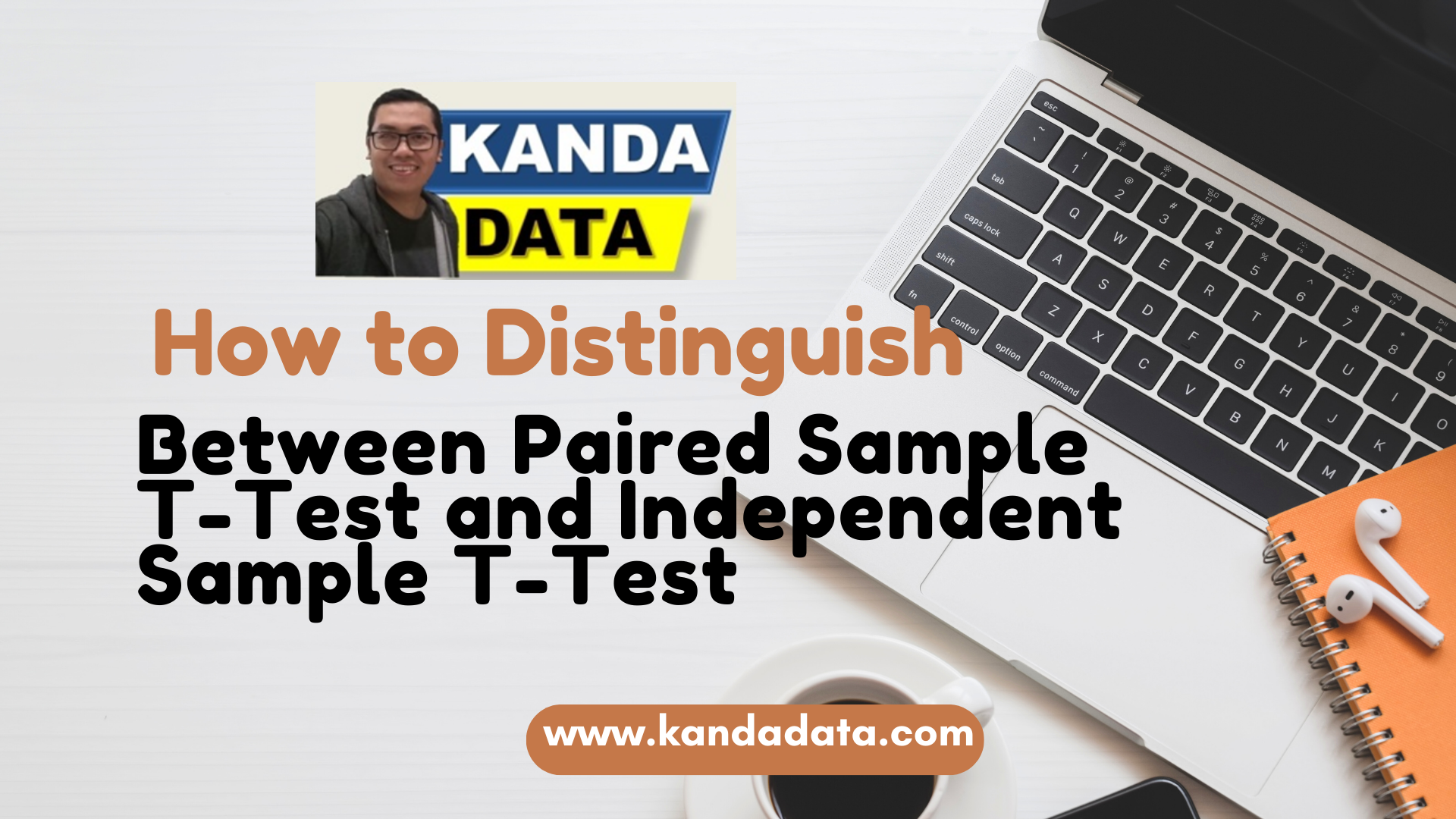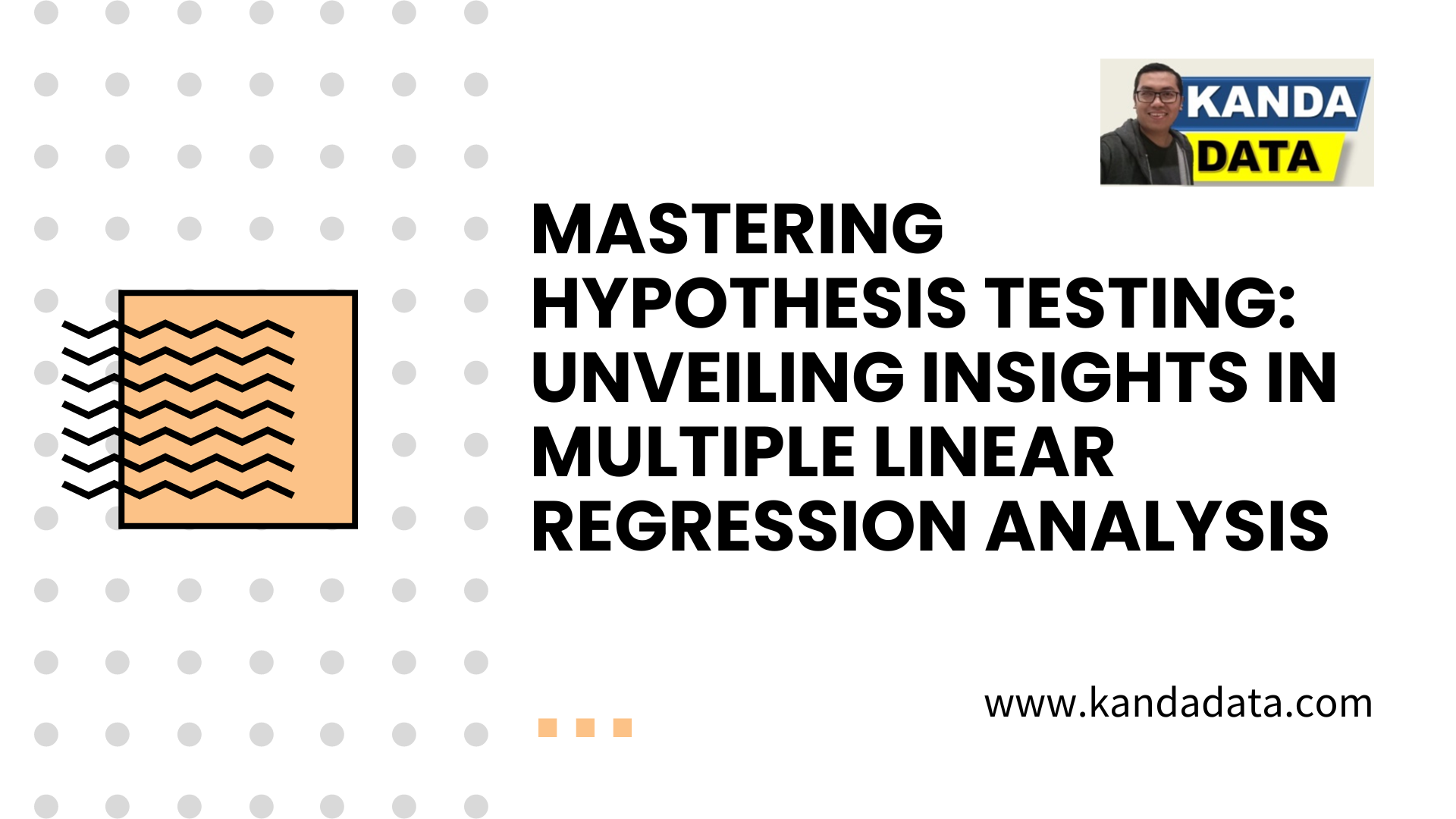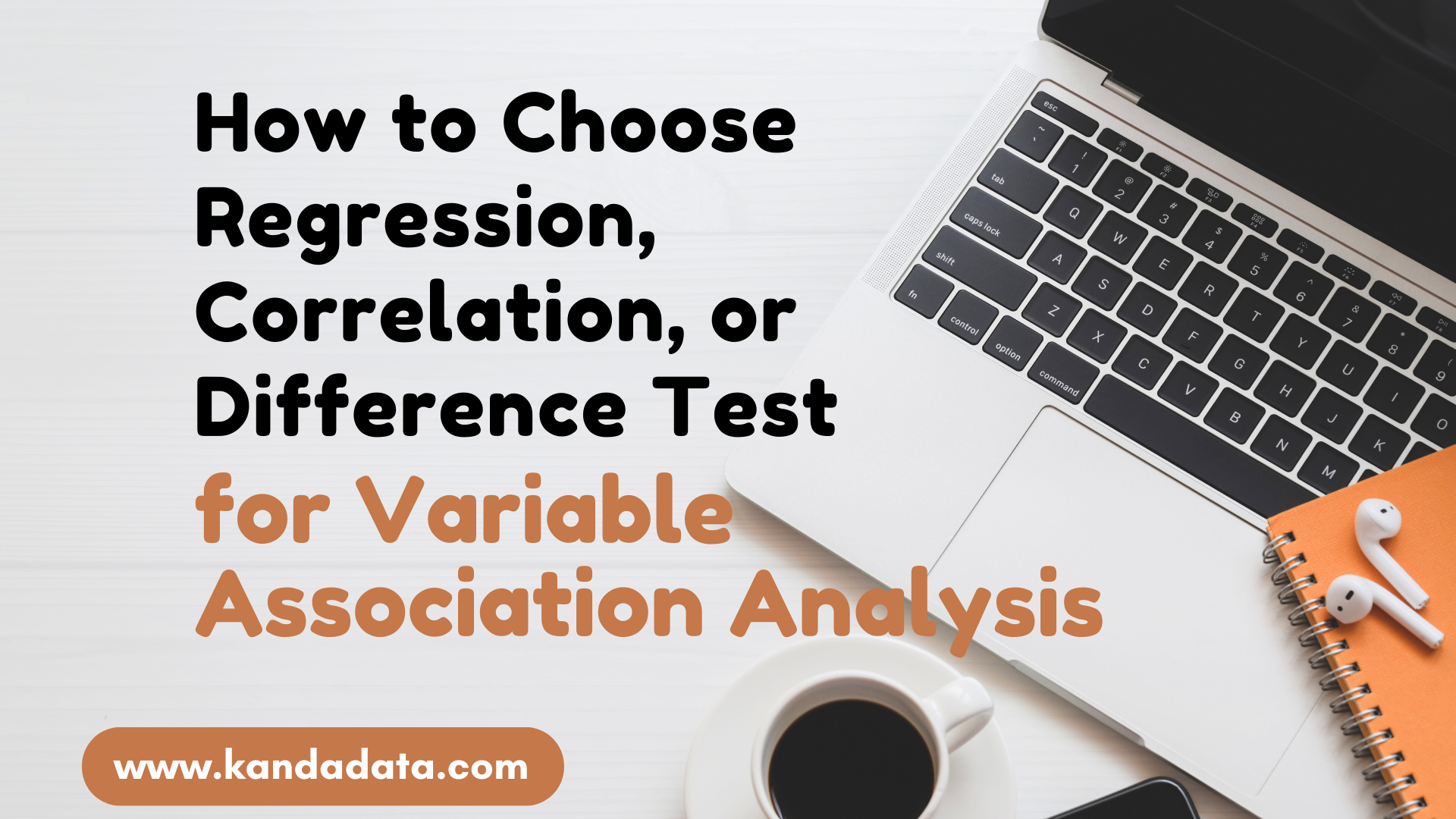Month: August 2023
How to Distinguish Between Paired Sample T-Test and Independent Sample T-Test
The t-test is one of the associative tests researchers frequently use to examine the difference in mean values between variables. This test is applicable only when dealing with two groups of samples. If the tested variables differ among more than two sample groups, then the t-test cannot be utilized.
Hypothesis Testing: Unveiling Insights in Multiple Linear Regression Analysis
In inferential statistics, we need to formulate research hypotheses. These research hypotheses are formulated according to the research objectives. Furthermore, statistical hypotheses need to be established in the analysis method, consisting of null and alternative hypotheses.
Comparing Logistic Regression and Ordinary Least Squares Linear Regression: Key Differences Explained
The analysis of Ordinary Least Squares (OLS) linear regression is most commonly used to estimate the influence of independent variables on a dependent variable. In OLS linear regression analysis, several assumptions must be fulfilled to obtain the best linear unbiased estimator.
The Difference Between Simple Random Sampling and Stratified Random Sampling in Survey Research
Sampling techniques are crucial skills for researchers to master. In research, samples can be drawn from a population, but the selected samples must accurately represent the observed population. Therefore, proper sampling techniques must be applied per scientific principles.
How to Create Statistical Hypotheses in Linear Regression, Correlation Analysis, and T-test
Formulating hypotheses is a crucial step in any research activity. Researchers need to conduct a series of scientifically-based research activities to test these research hypotheses. This series of scientific activities include formulating a research proposal, presenting the proposal in a research proposal seminar to gather feedback, data collection, data analysis, and hypothesis testing to draw research conclusions.
How to Interpret the Output of Correlation Analysis | Hypothesis Testing, Sign, Size, and Direction
Correlation analysis is an associative test commonly used by many researchers to understand the relationship between variables. Before discussing how to interpret the results of correlation analysis, it is essential to understand the basic theory of correlation analysis.
How to Choose Regression, Correlation, or Difference Test for Variable Association Analysis
Selecting the appropriate analysis method will prevent errors in concluding research results. There are various methods of data analysis that researchers can choose from. The selection of data analysis methods depends on the research objectives and the characteristics of the collected data.






